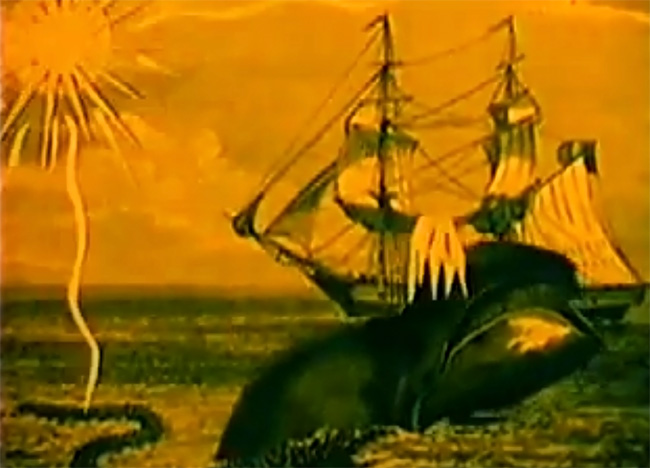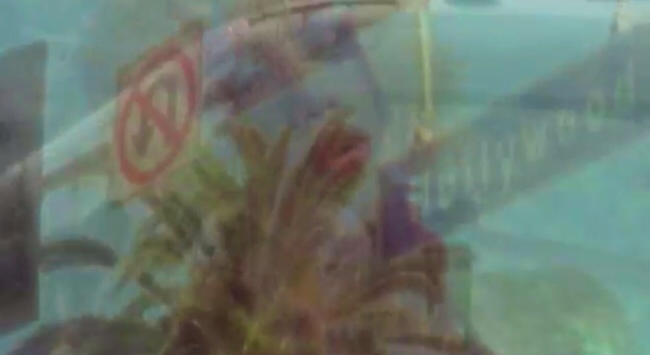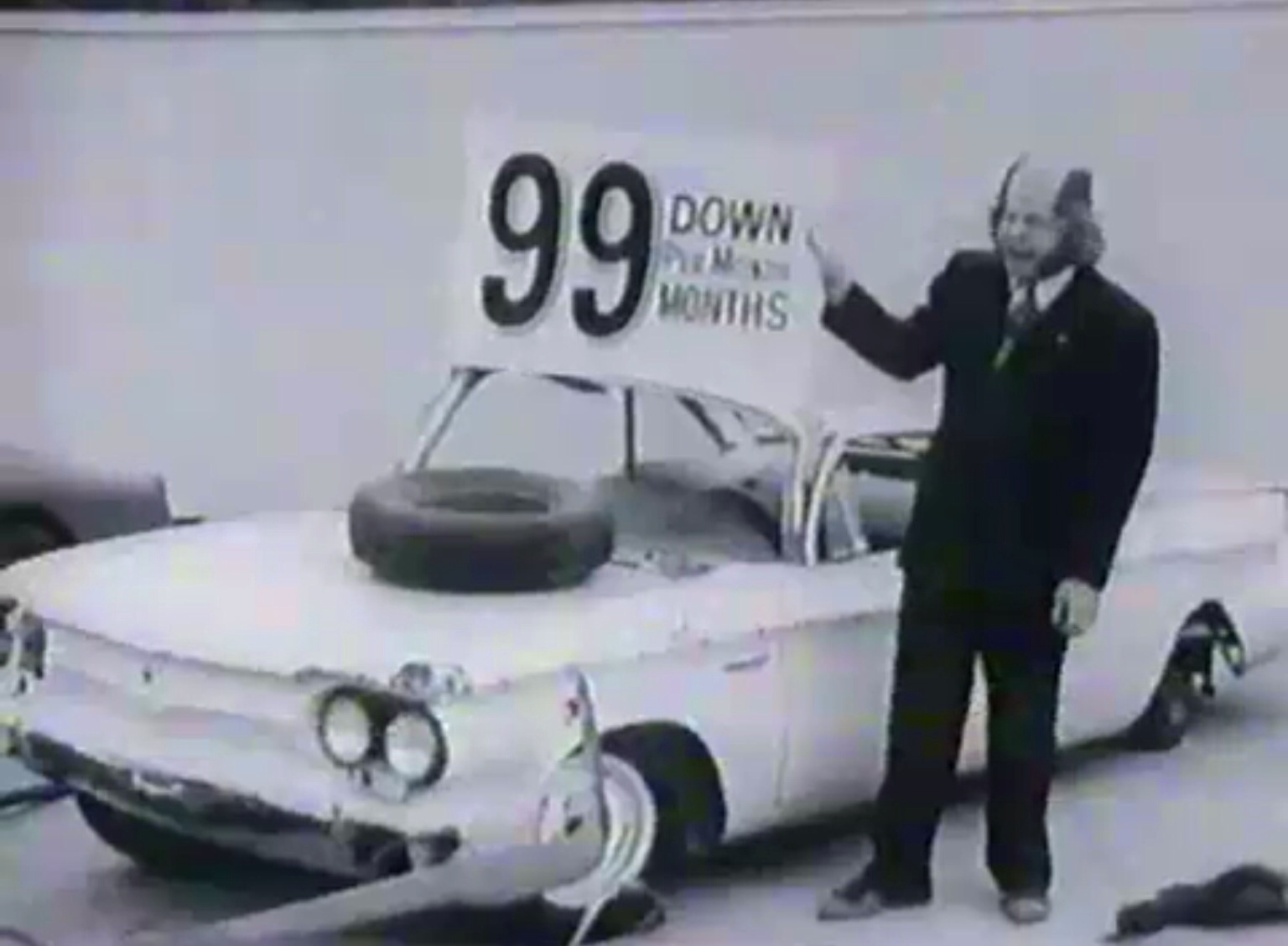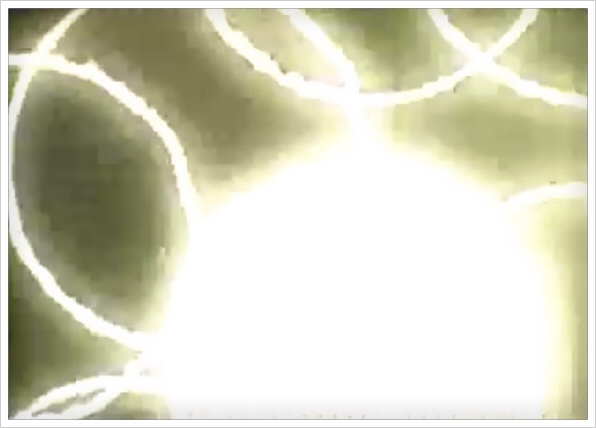Let’s just be clear about one thing first, there’s really no such thing on the planet as a ‘music video.’ There are films. Period. I don’t give a damn if you work on celluloid, draw them on wax paper or use a video camera. You are making a film and that’s just the way you need to think.
James Franco made this. There’s a lot of amusement about him and I guess that’s what he gets for stepping out into the world and declaring himself an artist. He’s too handsome to get away with that apparently. He could probably solve it the way Marlon Brando did by breaking his nose a little.
I picked Franco’s film because I notice that he seems to try to work in a similar way to me. He enjoys layering images to some extent and he tries to capture that dirty, glaring, subtle, harsh, gentle, dry, shimmering air of Los Angeles. He is aware of the long avant-garde tradition in film and immerses himself in the jiggering, jumping, hallucinatory techniques that have fascinated filmmakers for a century. You’ve got to look at this film as poetic expression, not like a piece of confusion as at
The Playlist who write about the film but can’t seem to figure out why they are writing about it.
I see a little too much star power being thrown around this film. Just a hint of hey look at us. Although Lohan’s performance will be seen as yet another artifact in the starlet’s easily-predicted short life. The only reason you’d put Lohan into a film like this is because you are smart enough to know she’ll be gone soon and you want to capture a little wiff of that death glamor. Franco’s no fool and he’s bastard enough to use dumbass Lohan for her death magic.
But he doesn’t use her enough. He backs off to show himself working when he should be glorying in her doom and squalor. There’s nothing so Los Angeles as a slightly stupid pretty girl getting herself measured for a coffin. Franco misses the beat. Afraid to be the kind of creep any real filmmaker wants to be. Franco’s a good boy with a nice mom at home and a well-rolled joint in his mouth.
To work this way a filmmaker must be willing to lose themselves in the shots, must sink into the material and allow the film to emerge from the unconscious. There is absolutely no other way. If it takes six months to a year for five minutes of film, then it does. Franco has hit on some shots and some overlaps but missed on others. You cannot make a film to go with a piece of music, the film must come first. I don’t know how you get around this working with a band. If I were going to do it the film might not finish when the band’s song did. I might keep going so the band would have to start up another one I guess. Why would a filmmaker obligate themselves to a band? R.E.M.’s not good enough to do that to me. Maybe Franco has a better disposition than I do. Franco’s impression that he may have been making a music video weakens the film.
To get a film like this made one falls in love with Los Angeles. You snoop around and try to tease out what fascinates about this place. What have all those private-eyes seen? Where’s Bogart? The criminals? The moguls? Who lived in that Art Deco building trying to be a star and never beat the laundromat? Why does that dying girl think she’s beautiful?
Franco should look at the still image in this post. It’s an overlapp during a fade from one shot to another. This is an area where I tend to function, it’s the zone in which my films exist. The overlap is everything. Because the image here is a damn good one. But did Franco notice it? I’m not sure, and in this kind of film I have to be sure. It’s got to be not an accident.
I don’t think Franco has quite enough balls to get this film made. But he tried. He admires a way of working and it shows. He’s in a club and he wants to prove himself. I like that, because after all it’s experimental anyway. The whole point is to reach and miss and reach again. Only nice boys smoke pot, Mr. Franco. The artists never waste that kind of time. They’re too busy killing with their cameras.





